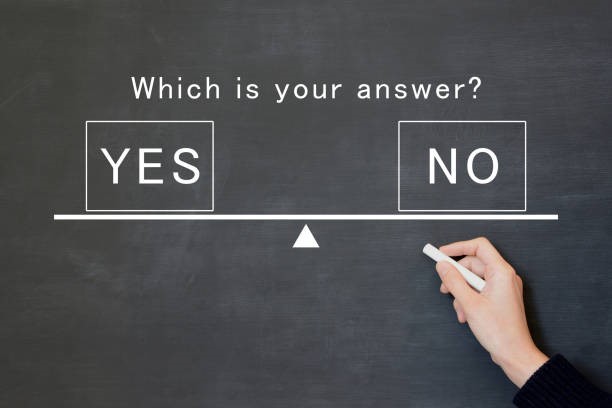When a person is described as `assertive’, what springs to mind?
I’m going to make an assumption here. You’re probably thinking of a person who is domineering, loud, over-confident and aggressive.
You wouldn’t be alone in that. Look up the word `aggressive’ in a Thesaurus and guess which word comes up?
Yep. Assertive.
It’s one of the most misunderstood words in the English language.
In this post I’ll explain what assertiveness is. Equally as important, you’ll discover what it is not – and why assertiveness is so frequently misunderstood.
You’ll also get practical tips on how to communicate in a direct, honest style with zero drama, maximum insight and a healthy dose of self-respect.
What is assertiveness?
Assertiveness is the ability to express your feelings, opinions and needs clearly and with empathy. You assert your rights whilst respecting the feelings, beliefs and rights of others.
Put simply, assertiveness is the foundation of healthy relationships – both professional and personal.
What assertive behaviour is not…
- Aggressive, although aggression is often confused with assertiveness because both types of behaviour involve expressing needs and standing up for your rights.
- Passive, where other people’s rights take precedence over your own and you avoid standing up or speaking out.
- Passive-aggressive – or indirect aggression, often manifesting itself in sarcasm and insinuation, manipulation, guilt-inducing ploys and covert sabotage.
Why we misunderstand assertiveness

Back in caveman days things were pretty straightforward. Under stress, we had 3 self-preservation responses – fight, flight or freeze. Assertiveness didn’t come into it.
What happens when you try being assertive with a sabre-toothed tiger? You become lunch.
The problem with our stress response is that it’s stuck in caveman mode – and avoiding hungry dangerous animals is not an essential business skill.
It’s hardly surprising that assertiveness is misunderstood by most humans. If our 6 million-year evolution were a 24-hour clock, assertiveness arrived only seconds ago. As yet, it’s not instinctive behaviour.
So, why bother with assertiveness?
Now, you may be wondering… Why take the trouble to learn something that goes against our primaeval instincts for self-preservation? Surely it’s a waste of time and effort.
Here’s why:
Assertiveness is actually self-preservation. At work and at home, it will massively lower your anxiety levels. When it comes to both mental and physical health, that can be a life-saver.

Assertive people can resist aggression, manipulation and controlling behaviour. They can set boundaries – and they know how to say `no’ firmly yet politely, without causing upset.
They are proactive. Instead of reacting to external circumstances, assertive people make things happen. Rather than igniting negative responses from others, they project calmness and confidence. By empathising with the needs of other people, they bring positive outcomes for everyone, not just themselves.
It’s a win-win.
Does that sound like a good thing? If so, you’ll be wanting a few tips on assertive communication.
Some simple tips for assertive communication
Communicating assertively means expressing your thoughts and feelings without apportioning blame, hurting or alienating others.
Here’s an example:
Let’s imagine that one of your team members persistently arrives late for meetings. How would you address the situation?
| Aggressive: You’re always late! Don’t you know how to tell the time? |
| Passive: I’m sorry, but please can you arrive a bit earlier for the next meeting. |
| Passive-aggressive: pointedly looks at watch, tuts loudly and sighs |
| Assertive: I would appreciate it if you could turn up promptly for meetings because otherwise, I have to repeat information. |
The `I’ statement
The `I’ statement expresses your feelings without becoming emotional. It identifies the behaviour (being late for meetings) and its tangible effect (having to repeat information).
It’s direct and honest. It avoids either an aggressive attack on a person’s behaviour, or a passive apology for mentioning it.
Other examples of the `I’ statement include:
- I would like…
- My concern is…
- What I’d like to see happen is…
The workable compromise
Let’s say you’re working to a tight deadline, and someone keeps dropping by your desk for advice. You need to protect your time.
Here’s an assertive response:
I understand that you’d like to talk through the problem as soon as possible. I need to finish what I’m doing, so how about meeting in half an hour?
You’ve demonstrated an understanding of the other person’s need, expressed your own needs and proposed a win-win solution for both of you.
Reflecting
This is an active listening skill, a crucial technique when it comes to assertiveness.
Reflecting summarises and shares what you believe the other person has said. It’s a way to seek clarification, gather more information and confirm that you’ve listened and understood.
- What I’m hearing you say is…
- It sounds to me like…
Try using phrases such as:
- Can you tell me more?
- What would be helpful?
- What do you think about it?
The push-back
At first, you may experience push-back or even aggression from people who feel threatened by the change in your communication style.
When you communicate assertively and receive an aggressive response, the problem lies with the responder – not you. And the good news is that there are techniques for dealing calmly with negative reactions.
Do you have the courage?
Assertiveness takes courage, time and practice. It’s hard to speak up for ourselves, set boundaries and say `no’… But remember, we have the right to express our feelings and be heard.
If you’ve spent a lifetime silencing yourself, assertiveness training will almost certainly be life-changing. Likewise, if you alienate others by coming on too strong, you will earn the respect of others by expressing your views and resolving conflict with empathy and understanding.
To find out more about my assertiveness training workshop, or to book your place, get in touch here.


